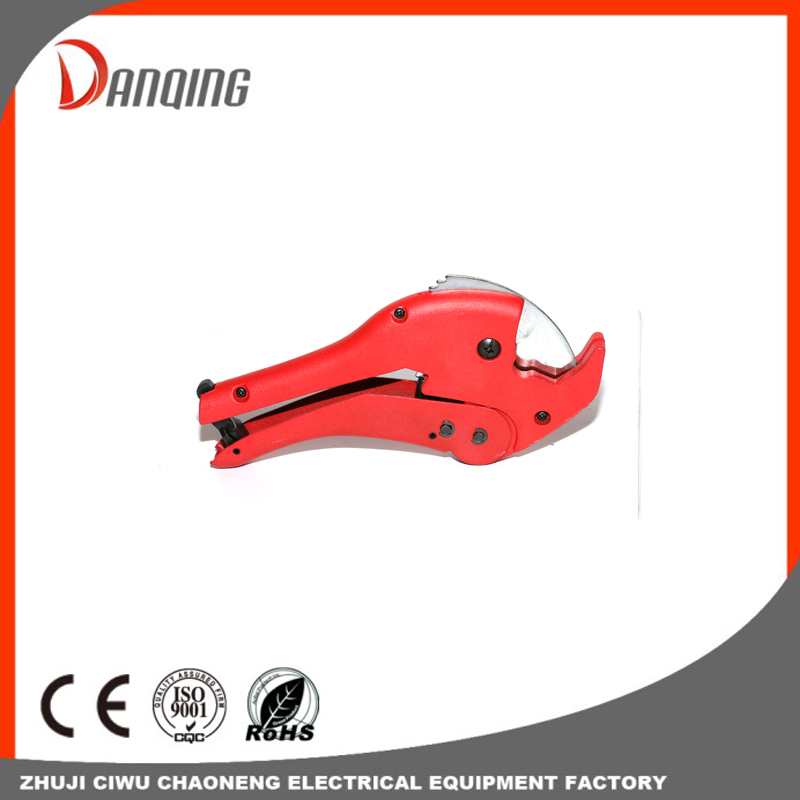What is a pipe cutter? Working principle, advantages and innovations of pipe cutters
The pipe cutter has the functions of light weight, easy […]
The pipe cutter has the functions of light weight, easy to carry and convenient on-site operation. You can use it to cut steel, plastic, copper, cast iron, stainless steel and multilayer pipes. It has a wide range of applications, such as: house construction; shipyards; industrial pipeline equipment, pulp, paper, chemicals, boilers, water pumping stations, etc.; construction site fresh water and wastewater systems; municipal heating and cooling systems; urban natural gas pipelines; municipal projects such as hospitals, Office buildings, buildings and large-scale public buildings; maintenance and repair work of medium and large industries; power stations; installation companies, sprinkler systems in the workshop before assembly, etc.; pipeline repair and treatment.

The working principle of the pipe cutter
The principle is that through the cooperation of computer and hydraulic pressure, the electrical system controls the direction of the oil circuit of the hydraulic system, and pushes the carriage to move in a straight line. The microcomputer will follow the user's self-programmed tool path. In the reciprocating motion, the signal detected from the carriage limit is used as the basis to control and change the oil circuit movement to achieve the expected tool path. When buying a pipe cutter, you must also understand its purpose: this machine tool is widely used in the handle industry and other stainless steel pipe cutting and chamfering automatic pipe opening applications. Can be placed ∮25 or below, 6 meters in length of stainless steel pipe and seamless steel pipe. For the processes of automatic feeding, cutting and chamfering, one person manages multiple machines, reducing labor intensity and saving personnel.
Pipe cutter
Advantages and innovations of pipe cutters
1. Greatly improve and ease installation safety and fire safety;
2. Precise cutting, both sides of the pipe are flat after cutting, easy to connect
3. The cutting method is simple and fast, saving a lot of working time;
4. Full-featured, it can cut various built pipelines of the power system;
5. Cutting pipe materials such as: steel, stainless steel, cast iron, copper, plastic, multilayer pipes can be cut;
6. There are no specific requirements for pipe diameter and working platform;
7. Provide a light work method, and design a cutting plan according to the workplace (on-site);
8. High safety, no need to move the pipe by hand when working;
9. When cutting, it will not produce sparks and dust to the outside world;
10. Good quality and low price, high cost performance.
Operating procedures of pipe cutter
1. Check before starting
① Check whether the saw blade is in good condition, and replace it if there is a cut or crack.
②According to the specifications of the high pressure hose, replace the corresponding positioning pin and guide sleeve.
2. Operation steps
①Turn on the power and start the motor.
②Put the cut high-pressure hose into the replaced guide sleeve, pull the knife-shaped handle to drive the hose into the saw blade, the hose will be cut, and when the slide plate is reset, it will be pulled back to its original position by two tension springs.
③Insert the inner hole of the cut rubber tube into the positioning pin shaft. When the saw blade rotates, make a slit at the place where the rubber is to be stripped to ensure a good glue breaking effect when the rubber tube is stripped.
④ After working, the power must be cut off.
In a word, in the process of the above operating procedures, the saw blade of the pipe cutter may be found to be broken or cracked, so we should check the saw blade when operating it, and replace it in time when it is not in good condition. , So that we can better apply the pipe cutter.

